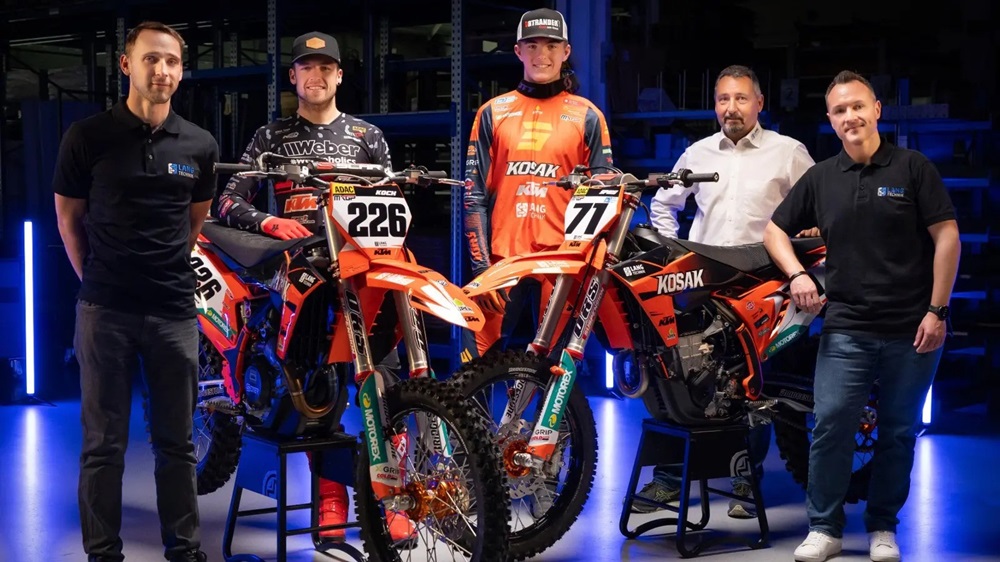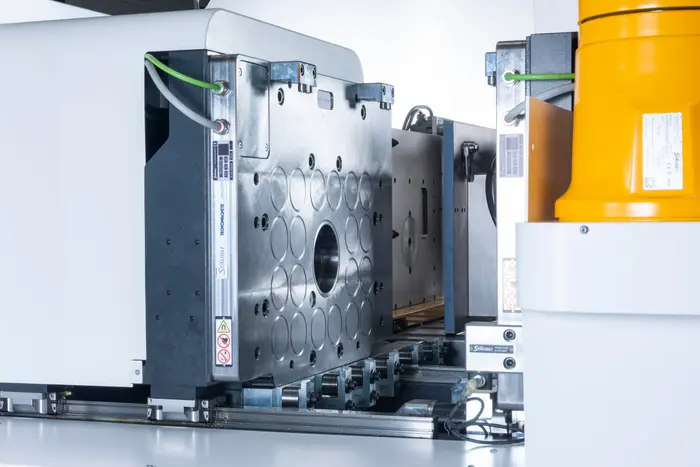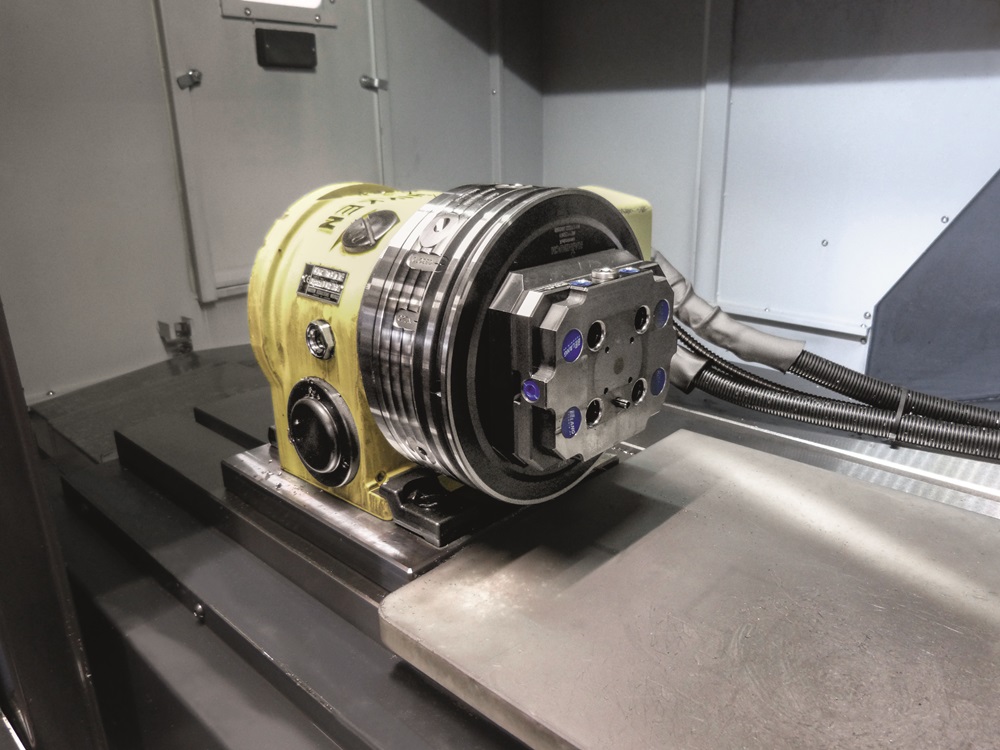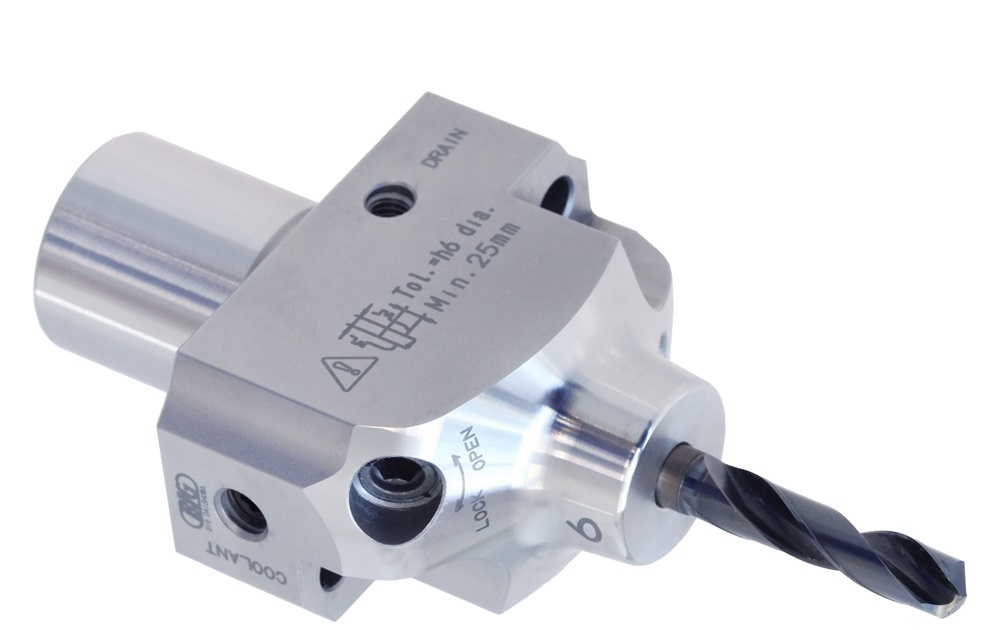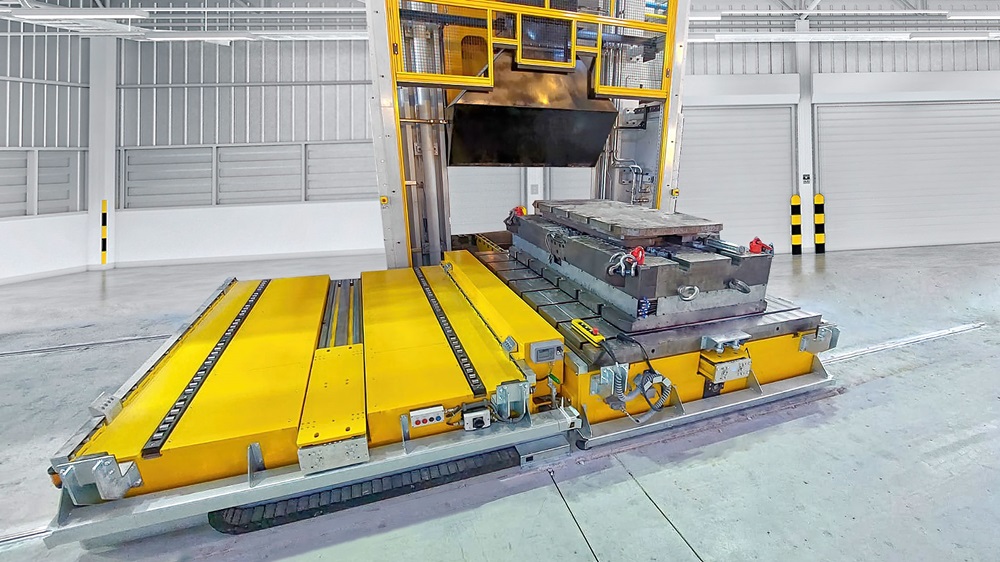What connects motocross and the machining industry? More than many might think at first glance. In fact, some of the most important components for bikes in the world’s biggest racing series are manufactured in German machine shops.
Performance and comfort play a decisive role on the race track when it comes to victories and podium places. Precision machine tools that meet the high demands of motorsport are essential here. When talking about reliable clamping systems, which are also of fundamental importance in this production process, Lang Technik says there is no getting around its MakroGrip five-axis vice.
According to Lang Technik, the MakroGrip’s technical and physical features enable the production of precision racing components that can withstand the extreme stresses of the race track. The company is proud to have been supporting racing customers for many years and is now also supporting the Kosak KTM Racing Team with immediate effect.
The fact that links between Lang Technik and motorsport go far beyond manufacturing is primarily due to managing director Günter Lang, who once actively raced motocross himself. His passion for horsepower and gasoline, as well as his contacts in racing, never waned. He still regularly attends motocross events.
Lang’s long-standing acquaintance with Herbert Kosak, a veteran of German motocross racing, finally got the partnership rolling. At the end of 2023, Lang Technik agreed with team manager Kevin Gödderz and Sylvia Kosak, daughter of team boss Herbert Kosak, to support the KTM Kosak Racing Team and from now on will be cheering them on week after week.
For further information www.lang-technik.de






